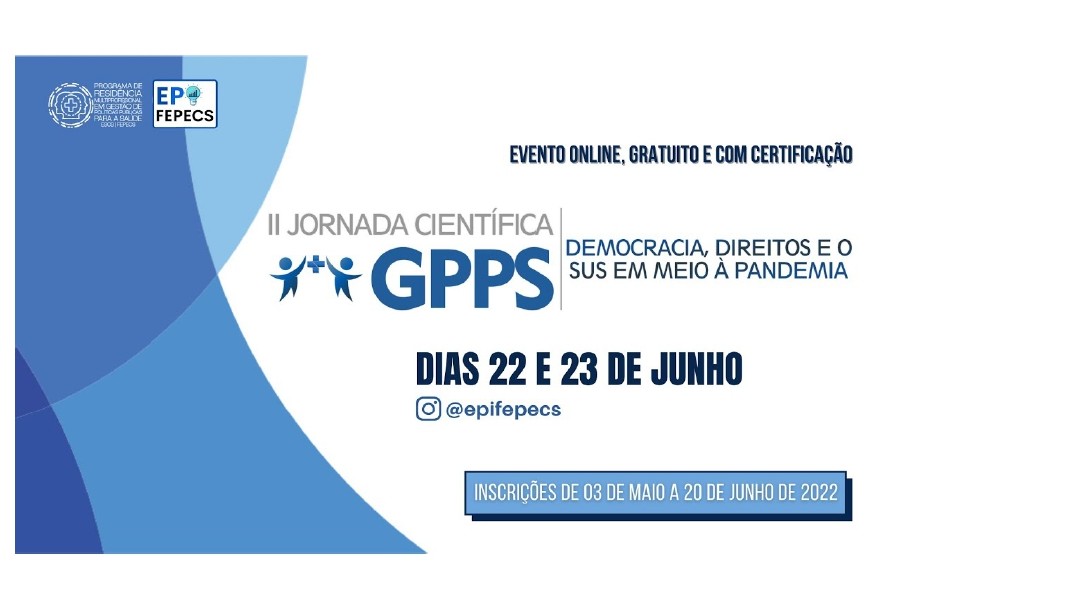Assistance Program for people with ostomies in the Federal District: Experience Report
DOI:
https://doi.org/10.51723/hrj.v6i29.625Keywords:
Program Evaluation, Ostomy, Health Manager, Health ServicesAbstract
Introduction: In 2009, the Ministry of Health (MS) launched Ordinance nº 400, of November 16, 2009, in which the National Guidelines for the health care of people with ostomies were defined. This ordinance determined the mandatory inspection, monitoring, control and evaluation of these services, to verify their efficiency, effectiveness and effectiveness with users and managers. These evaluations and follow-up produce knowledge and resistance, especially if they point out problems and incapacities of the services. But these notes, being relevant to the improvement of care and management, can be welcomed by managers involved with the improvement of health practices and policies. Among these evaluation processes, one of the biggest challenges is in the management model. It is necessary to move from a hierarchical governance model to a network governance model. The lack of knowledge of this fundamental difference causes most of the proposals made for the SUS to be based on hierarchical models that are incompatible with the construction of unresolved health networks, programs and projects. Objective: To report the management experience in the assistance program for users with ostomies at the Health Department of the Federal District (SESDF), pointing out reflections on the offer of available services. Method: Analytical study of the experience report type, developed by a nurse at SESDF, during the management work in the technical area of ostomies. Results: SESDF has 12 outpatient clinics for people with ostomies, one of which is specific for children. 13 types of collecting equipment and 9 adjuvants are standardized, which, according to evaluation, are made available monthly to the user. The outpatient clinics in the west, south, north and east health regions have registered a high number of residents of cities in the state of Goiás that are part of the RIDE-DF. Assistance is focused on nurses, with no other professionals included in the service, even though these units are part of the network of people with disabilities and have MS ordinance nº 400, which establishes the minimum assistance team. The level of assistance is centered on secondary care with direct user access. The process of intestinal transit reconstruction for these users does not have a flow established at a central level, leaving them and professionals most of the time without satisfactory information. Conclusion: The evaluation of a program promotes its improvement, being able to modify it from the knowledge of its qualities and weaknesses, learning from previous experiences, verifying its efficiency and effectiveness, according to the objectives to which it is proposed. An evaluation must be carried out in accordance with the provisions of the MS, the inclusion of other professionals in the assistance and the construction of flows at the central level.
Additional Files
Published
How to Cite
Issue
Section
License
Copyright (c) 2025 Karina Santos Rodrigues, Ronivaldo Pinto Ferreira, Rodrigo de Souza Barbosa, Pedro Henrique Santos Vitoriano, Jorge Henrique Santos de Oliveira

This work is licensed under a Creative Commons Attribution 4.0 International License.
Esta licença permite que outros distribuam, remixem, adaptem e desenvolvam seu trabalho, mesmo comercialmente, desde que atribuam crédito à revista pela criação original.












